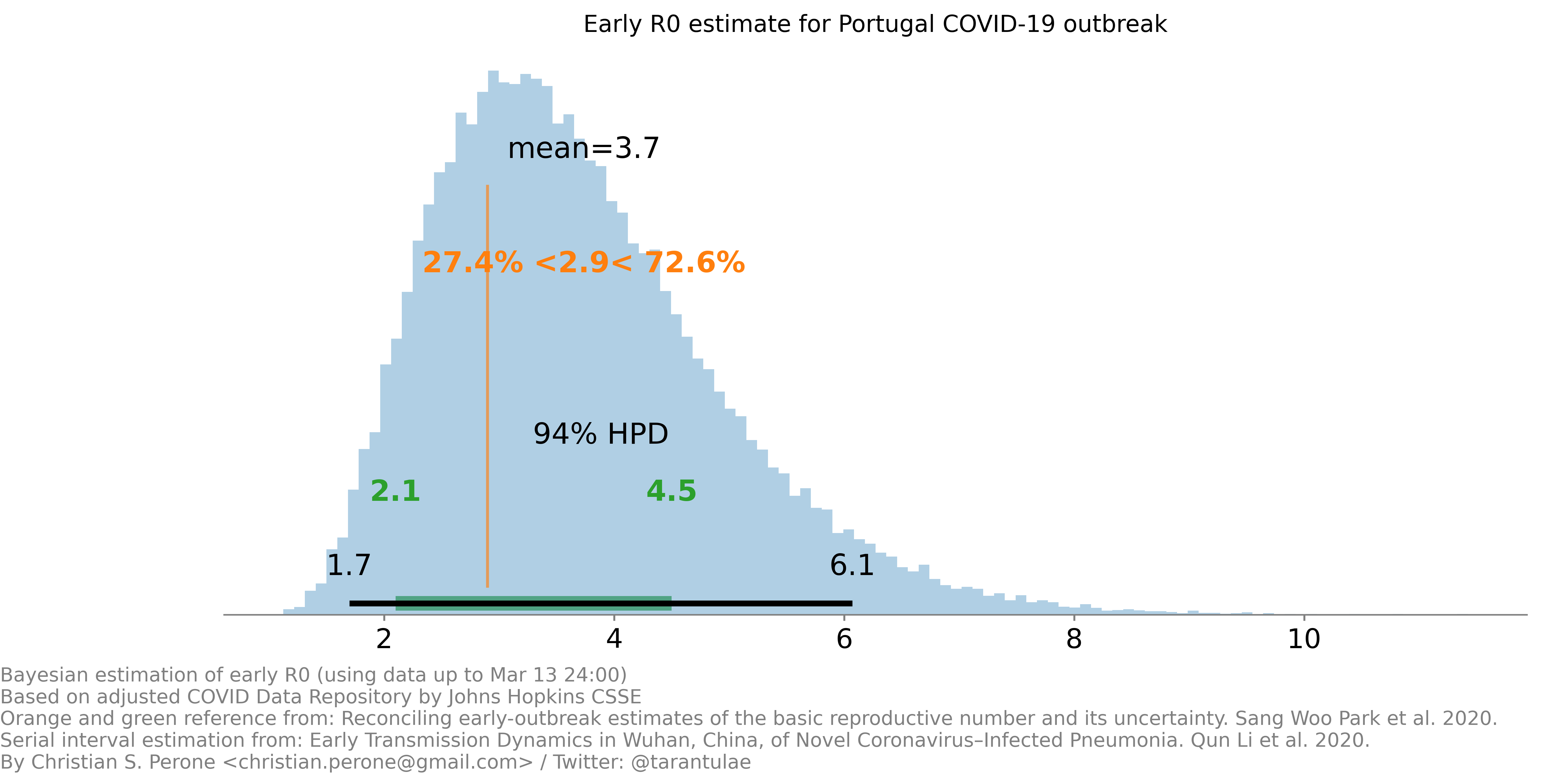É muito triste ver as enchentes devastadoras que tem atingido o Rio Grande do Sul nos últimos anos. Decidi fazer este post pra tentar compreender melhor a escala e o impacto desses eventos usando algumas fotos de satélite e dados recentes sobre as enchentes. Maioria das imagens recentes são do MODIS (Moderate Resolution Imaging Spectroradiometer) do qual fiz um post em 2009 (artigo aqui) que usam 2 satélites (Terra e Aqua) para fazer cobertura quase diária em baixa resolução da terra inteira.
Estamos no meio de uma tragédia sem precedentes, por outro lado, este é um momento único para a coleta de dados por parte de pesquisadores e governo com a esperança de melhorar a modelagem desses processos hidrológicos para desenvolver sistemas de alerta e previsão de enchentes. Nunca antes observamos estes processos complexos nos rios do Rio Grande do Sul, este momento é extremamente importante para o futuro do RS.
PS: tentarei manter atualizado este post com novas imagens.
Avisos de licença das imagens:
Sentinel images: contains modified Copernicus Sentinel data 2024 processed by Sentinel Hub.
MODIS (Aqua/Terra): NASA/OB.DAAC.
 Just sharing ~100 slides about PyTorch 2 internals focusing on recent innovations (Dynamo, Inductor, and ExecuTorch). I had a lot of fun preparing this and hope you’ll enjoy it. I’m planning to record it soon.
Just sharing ~100 slides about PyTorch 2 internals focusing on recent innovations (Dynamo, Inductor, and ExecuTorch). I had a lot of fun preparing this and hope you’ll enjoy it. I’m planning to record it soon.

